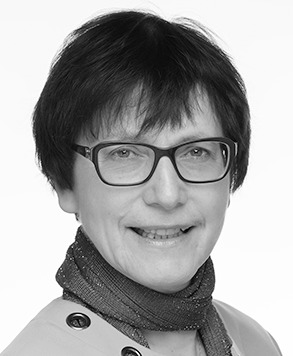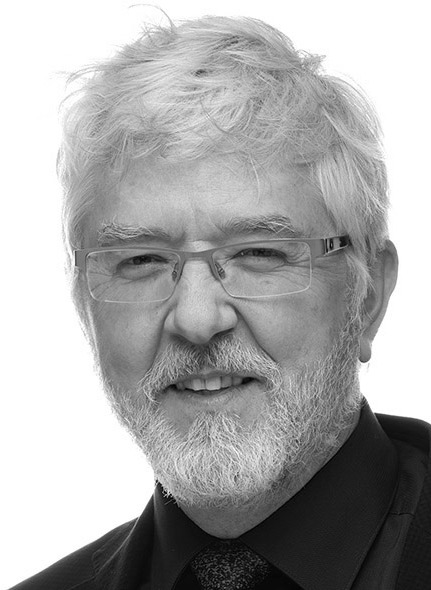

Dear Colleagues,
It is important to take note of the considerable changes that have taken place in family practice as the first wave of the coronavirus disease 2019 (COVID-19) pandemic passes its peak, signaled by the re-opening of some businesses and medical services under different and evolving arrangements. To ensure that family physicians’ voices are heard, the CFPC conducted an all-members survey last month. More than 4000 family physicians responded, painting a dramatic picture of change, adaptation, and nimbleness as they respond to the early effects of this pandemic on their patients and practices.
Based on the preliminary results of this large-scale, cross-country survey we now know the following.
Three-quarters (73%) of family physicians are screening patients for COVID-19.
This is happening in hospital- and clinic-based assessment centres, but also in makeshift spaces set up in hockey arenas and parking lots.
Family doctors are working in many settings during COVID-19.
In addition to their offices, many are working in hospital inpatient units (24%), emergency departments (14%), and long-term and personal care homes (15%).
Family doctors are adapting their work to go where they are needed.
A substantial cohort (22%) is working in new settings to meet the demand in care related to COVID-19. Others are coming out of retirement to serve where they are most needed.
Family physicians have implemented many changes to provide safe, accessible care.
Four out of 5 clinical encounters have been taking place virtually. Most family doctors are connecting with patients by telephone (91%) and e-mail (52%), and many are seeing patients by videoconference (43%). Family doctors are also taking measures to increase cleaning and sterilization of space and equipment (88%) and reconfigure patient waiting areas to make them safer (83%).
While 87% of respondents are making increased use of personal protective equipment (PPE), 55% remain highly concerned about the lack of PPE and 56% are highly concerned about the risk of contracting COVID-19. We know from other sources that ready access to PPE has been an issue for community-based clinicians. The College has joined other medical organizations in advocating for greater access to PPE.1
Adjustments have resulted in financial challenges.
Most family physicians (76%) have considerably reduced their work hours, and 45% believe the shift to virtual care will result in substantial financial loss; 63% of respondents are concerned about loss of revenue due to fewer patient visits. In our promotion of the Patient’s Medical Home model of care, the CFPC recognizes that there are various funding models, but advocates for blended funding, with a capitation element, as this facilitates a more proactive provision of care. This observation has been made by other family physicians in the past 10 weeks, and we reiterated it in a recent statement.2
Family physicians are concerned about their patients’ health.
Above other issues, 80% of family physicians are highly concerned about their patients’ emotional and mental health; 71% are highly concerned about patients’ reduced contact for problems not related to COVID-19; and 79% are making provisions to ensure that patients with chronic conditions continue to receive care. These findings underscore family physicians’ concerns about neglected care and the aftermath of COVID-19, issues that the CFPC highlights in its advocacy.3
Family physicians are learning how to cope during these difficult times.
When asked about their personal health, 66% of family doctors say they are getting on with the job, acknowledging some “trying days”; 26% feel exhausted; and 5% are experiencing burnout. The CFPC’s advocacy addresses the need for emotional support for those on the front line.4
A vaccine could be on the horizon in 12 to 18 months, but in the foreseeable future, this virus might become endemic, and there might be further outbreaks. The initial adjustments made in family practice will evolve and must be sustained. Family doctors, as polyvalent and pluripotent generalists, have stepped up to play their part in these unprecedented circumstances. They must be appropriately supported during these upcoming uncertain times. This should include sustained, consistent access to PPE and support for the change management necessary to integrate virtual care to maintain continuity and comprehensiveness of care. Although most planning has been around hospital capacity (which is important), 80% of the disease burden is assumed in the community. Let’s not wait for the next catastrophe to invest in community-based care.
Footnotes
Cet article se trouve aussi en français à la page 467.
References
- 1.Rorabeck C. Canadian Medical Forum. March 30, 2020. Ottawa, ON: Association of Faculties of Medicine of Canada; 2020. Available from: https://www.cmpa-acpm.ca/static-assets/pdf/covid19/cmf_ppe_call_to_action_march30_2020_en_fr.pdf. Accessed 2020 May 18. [Google Scholar]
- 2.CFPC. The need for alternative payment models in a post–COVID-19 health system [news release] Mississauga, ON: CFPC; 2020. Available from: https://www.cfpc.ca/en/news-and-events/news-events/news-events/news-releases/2020/the-need-for-alternative-payment-models-in-a-post. Accessed 2020 May 18. [Google Scholar]
- 3.CFPC. Letter to the Chief Public Health Officer re: encouraging patients to continue important medical appointments [news release] Mississauga, ON: CFPC; 2020. Available from: https://www.cfpc.ca/en/news-and-events/news-events/news-events/news-releases/2020/letter-to-the-chief-public-health-officer-re-encou. Accessed 2020 May 18. [Google Scholar]
- 4.CFPC. A call for support for family physicians’ mental health and well-being during the COVID-19 response. Mississauga, ON: CFPC; 2020. Available from: https://portal.cfpc.ca/ResourcesDocs/uploadedFiles/Health_Policy/BN-Mental-Health-Supports-April20-FINAL.pdf. Accessed 2020 May 18. [Google Scholar]


